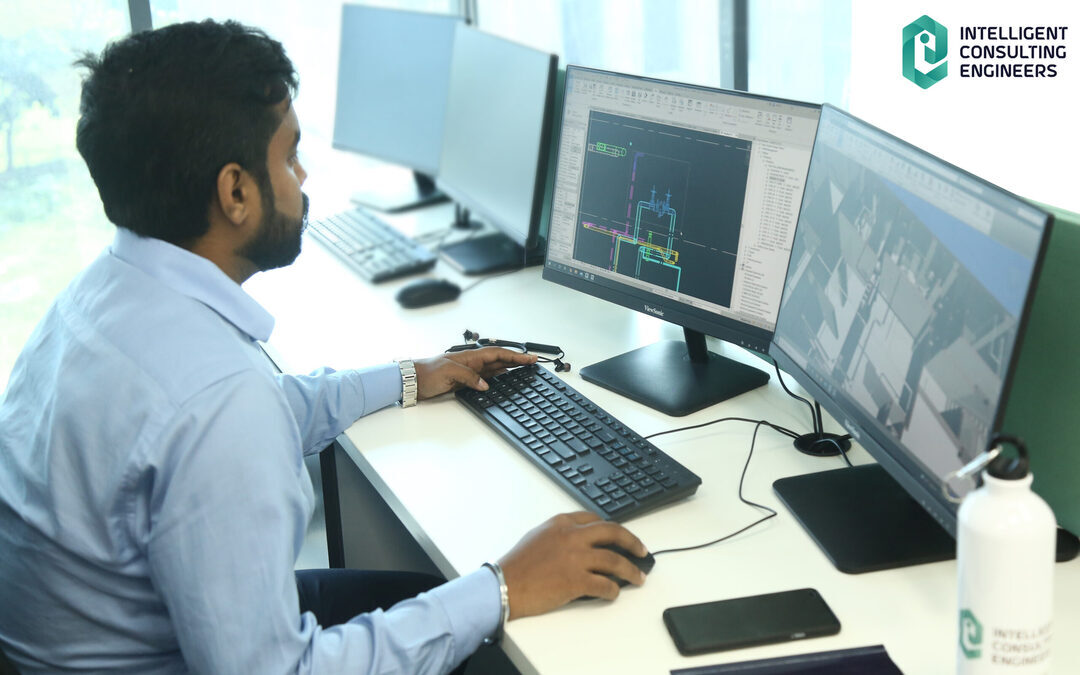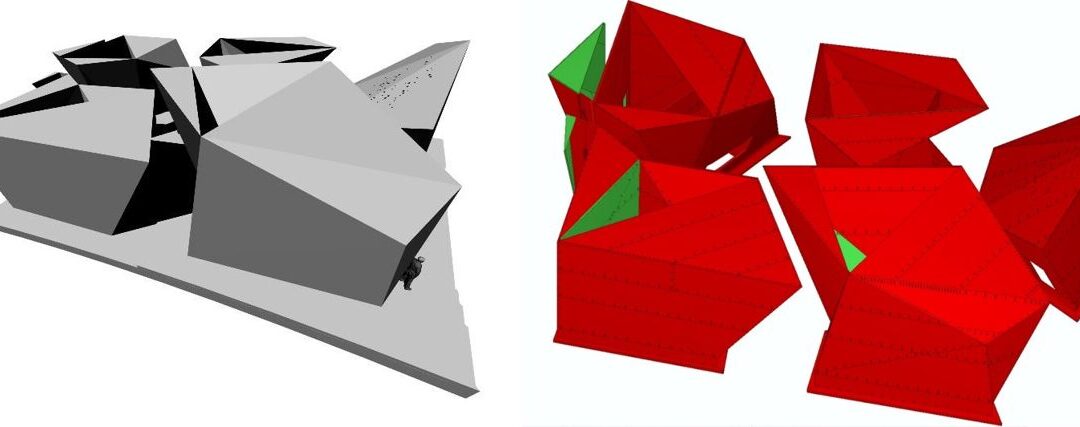While CAD generates 2- or 3-dimensional drawings that differentiate among geometric design, BIM incorporates 4-D (time), 5-D (costs), 6-D (Sustainability), and 7-D (Facility Management), allowing users to manage information intelligently throughout the life cycle of a project, automating processes such as programming, design concepts, design specifications, analysis, supporting documents, production, construction supply chain, construction and operation, and retrofitting.
It helps gain more insights earlier in the process to meet client, designer, stake holders and any other regional or country code requirements and deliver projects with improved quality and efficiency. It incorporates information and parameters related to building form, structure and systems. When completed, the building information model contains precise geometry and relevant data required to support the design, procurement, fabrication, and construction activities necessary for a complete drawing of the building.
The 3D digital model provides visual/graphical representation not only of the building form, but materials and systems too. The BIM Team and Architects are responsible for the BIM Architectural digital model. These models are linked together by the manager or the architect, which means that potential errors or inconsistencies are identifiable at the very early stages of the project. It also helps other trades contribute to the model at various stages, thereby understanding the complete design output that will be achieved on completion. By working on a BIM collaborative model all participants maintain constant contact with the final model and the changes that occur during the various phase. As a result, the duration of the design phase of the project is reduced and the quality is increased.
The benefits of BIM are immense, some of them are a single source point for all information, that is shared on the cloud accessible to all teams involved, this doesn’t only help facilitate smooth communication but also helps in a healthy collaborative process. With sustainability and climate impact as a main issue being faced in the AEC Sector Accurate Environmental Impact Analysis in BIM helps build building’s that are environmental friendly and helps us find the most energy-efficient materials and most effective regenerative design features. It helps in the visualization of the complete model through its various stages there by providing an insight into what is the is outcome of the project and helps movement in terms of material selection and quantification. This in turn helps in understanding the financial aspect of the project along with the anticipated operational costs for the building once it’s complete. This allows us to make wise design decisions that will lead to greater cost savings and simpler building maintenance for the future. BIM helps in achieving the various aspects of construction efficiently and in manner that showcases all the construction concerns resolved and leverages the scope to make more informed decisions earlier in the design process, thereby helping in efficiency and faster project completion.
BIM is changing the way we are looking at the AEC sector and the coming years it is only going to grow exponentially helping ease the gap between design, construction and communication through technical expertise.
Contributed by Suhela Fernandes,Lead BIM Architect at ICE, LEED GA BIM






